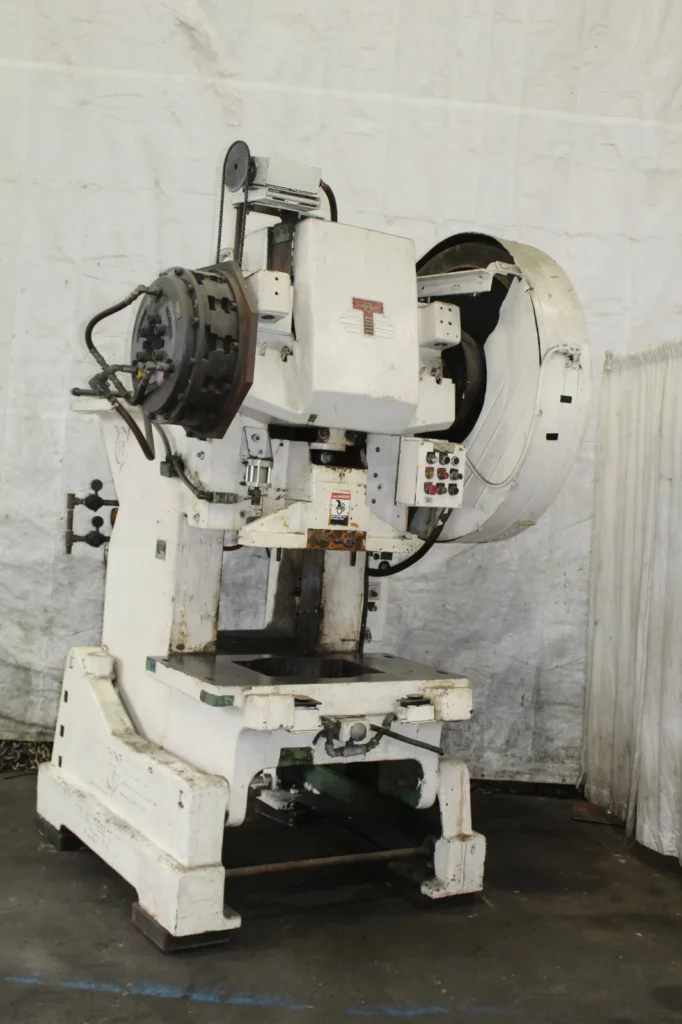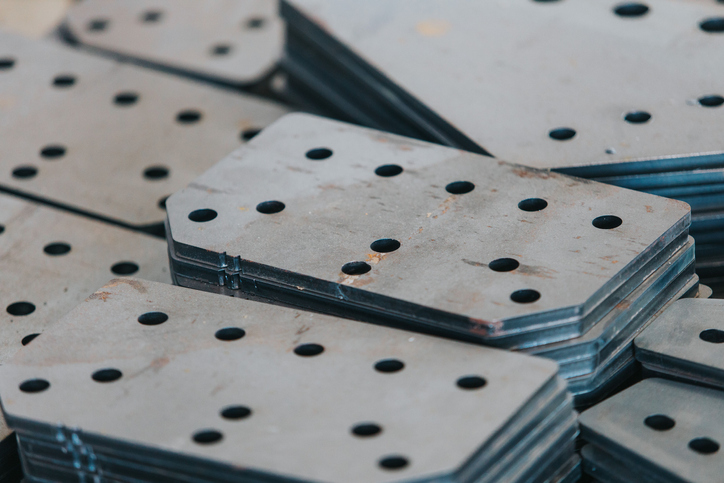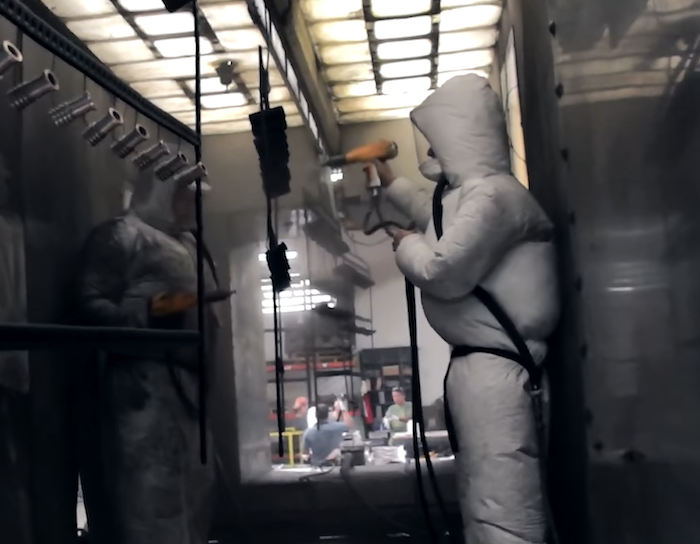In earlier days, fabricating complex parts was an expensive and inefficient process. Typically, manufacturers had to change the tool in a single press repeatedly or use multiple presses with each performing a single action to produce one part. Long lead times and high labor costs resulted. But with progressive metal stamping, a manufacturer can eliminate these hassles and cost-effectively fabricate better quality parts.
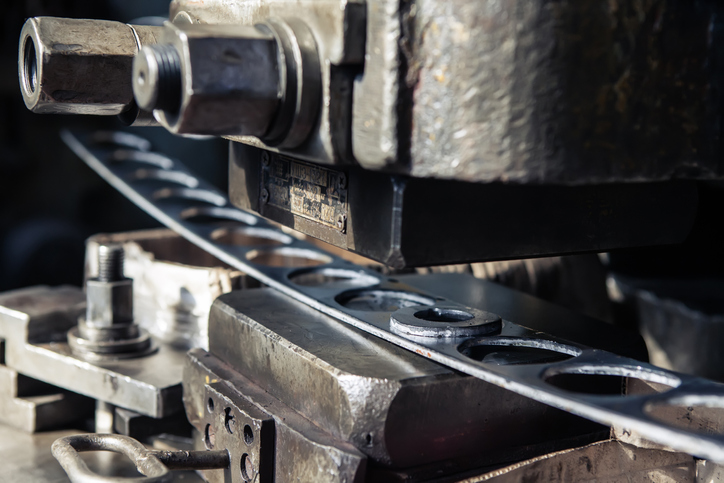
In this article, we review what progressive metal stamping is, and common tooling, as well as compare it with other manufacturing methods.
What is Progressive Metal Stamping?
Progressive metal stamping is a sheet metal forming process that involves feeding a coil of metal through a series of stations. At each station, there are tools or dies that perform a specific operation on the material simultaneously, with the end product emerging after the last station.
Because this process is continuous, it allows for high-speed production of complex metal components with minimal material waste. Particularly, it is suitable for creating parts with intricate shapes, tight tolerances, and high repeatability. Progressive metal stamping is highly efficient and cost-effective, playing a crucial role in industries such as automotive, electronics, appliances, and medical. It offers a streamlined approach to mass production while ensuring precision and consistency in part manufacturing.
How Progressive Metal Stamping Works
Although the tooling and dies may vary according to the type of product, progressive metal stamping largely follows the same process.
- Setup: The process begins with an operator placing a series of dies into the various stations of a stamping press. Placement of these dies must be in the right order to ensure the end product meets the specifications.
- Feeding: After placing the dies and the workpiece in the stamping press, the machine feeds the workpiece through the various stations. The workpiece, which remains on the metal strip, is guided through a series of rollers to ensure precise material positioning.
- Forming: At subsequent stations, specific forming operations are carried out on the workpiece in line with its final design. These operations include bending, drawing, or shaping the metal to meet the geometry requirements of the final part.
- Piercing: Piercing stations create holes or openings in the workpiece. This is important for components that need mounting points, fastener holes, or other features.
- Trimming: The final stations on the metal stamping press are generally for trimming excess material from the workpiece. These stages refine the shape of the part, and ensure the production of precise components with consistent dimensions.
- Blanking: At the blanking stage, the die cuts out the entire perimeter of the part from the metal strip or coil to create the final product. The part that is cut out is the useful part, while the remaining is scrap. In progressive metal stamping, blanking could be either in a single station or multiple stations. Whatever the case may be, blanking is the last step in achieving the final product from the metal strip.
Tooling
Tooling is a critical aspect when manufacturing any part, and the word “die” is a generic term to describe metal stamping tooling. A die is an assembly consisting of male and female components working in tandem to produce parts. The upper half of the die set, which could be either male or female, is mounted on the press ram and delivers the stroke action at each press station. Whereas the lower half is attached to an intermediate bolster plate which in turn is secured to the press bed. Guide pins serve to align the upper and lower halves of the die set. Of all dies, the most common types perform cutting and forming.
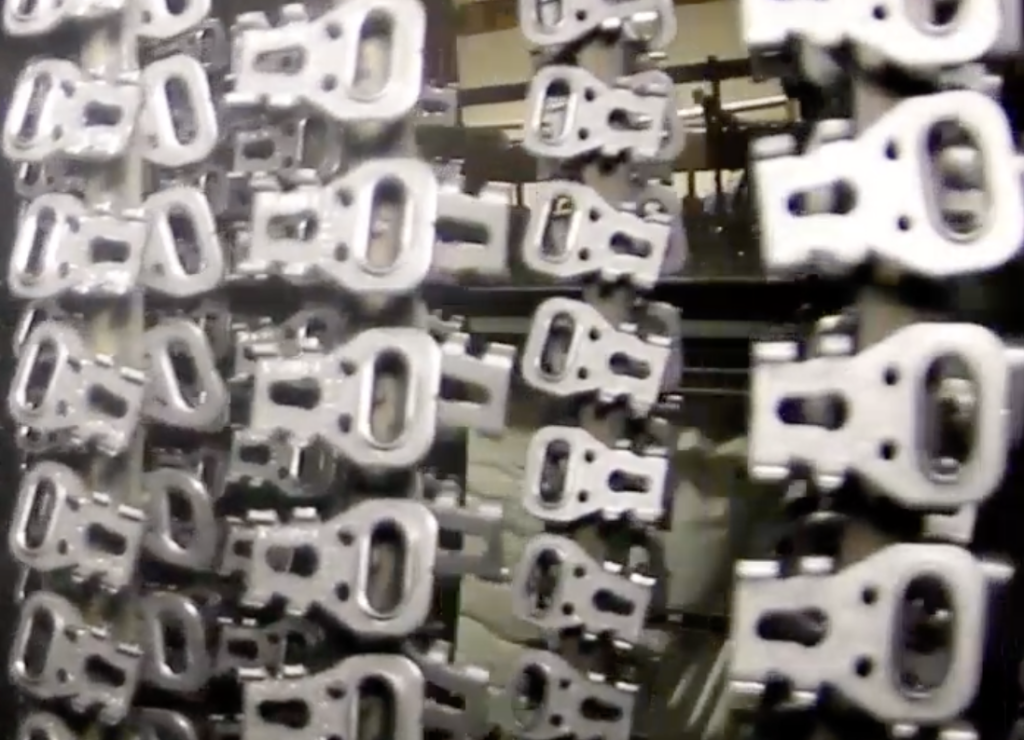
Cutting dies serve in the blanking process, where the perimeter of the manufactured part is cut out of the metal strip. They are also useful in punching, which entails cutting off a slug from the sheet metal to produce a hole or slot. Another good use of cutting dies is in trimming excess metal from around a part. Generally, cutting operations require specific clearances between the male and female die components. The clearance requirements are a function of stock thickness and temper. As stock thickness increases, the clearance also increases, with softer stock allowing more penetration.
Forming entails altering the shape and contour of a part to that of the die. Forming dies perform several operations including drawing, bending, flanging, and hemming.
Progressive Metal Stamping vs Manual Metal Stamping
Manual metal stamping uses stage tooling for stamping operations. Although the setup costs are lower, it results in a higher price per piece due to production costs and longer lead times. Progressive stamping has higher initial costs, but lower costs per piece due to high speed and production volume. Stage tooling required by manual metal stamping makes it slower and thus is only viable for small-volume production runs.
